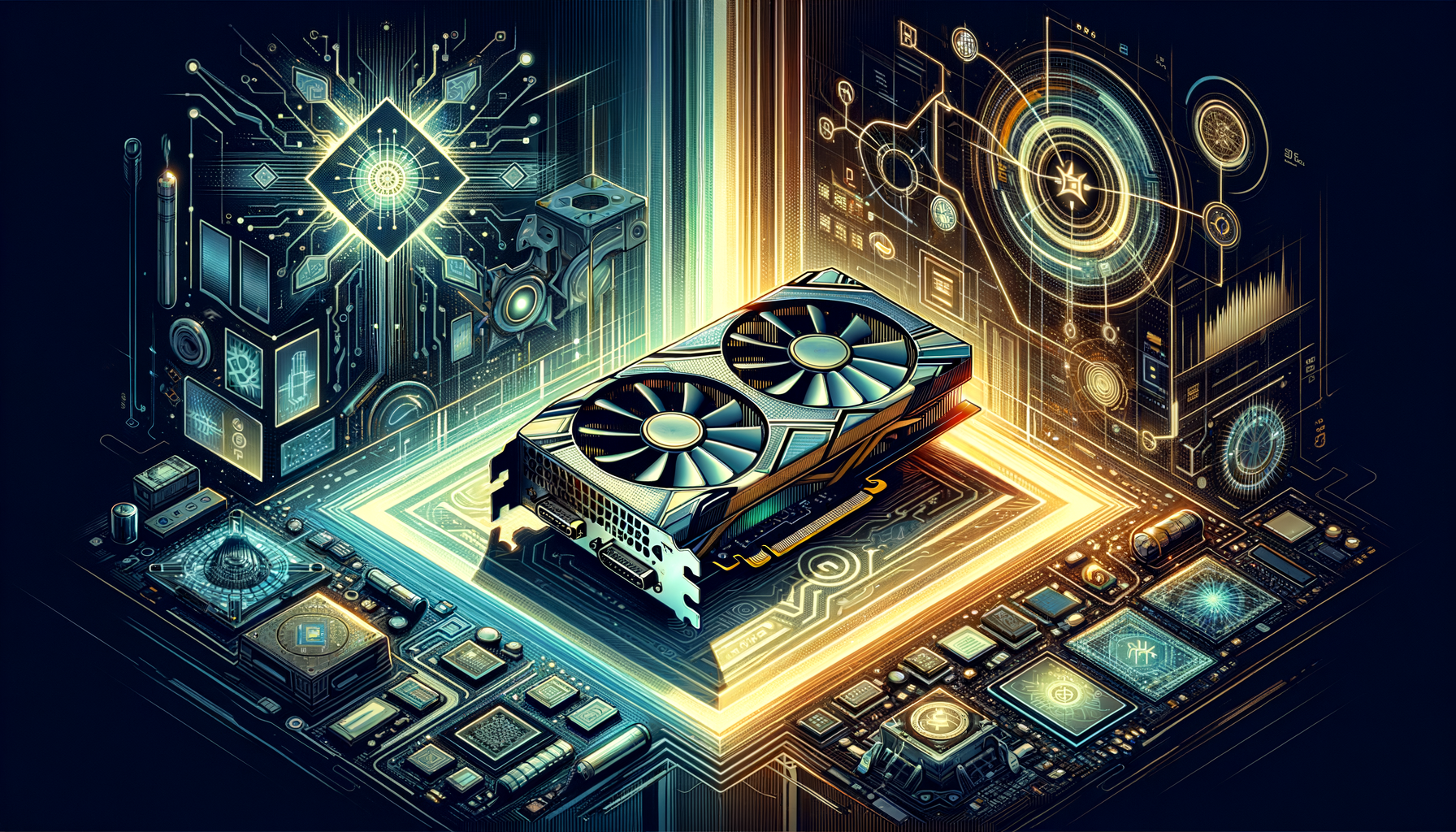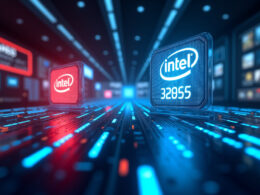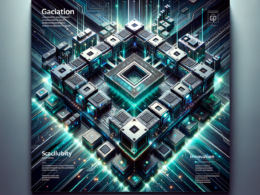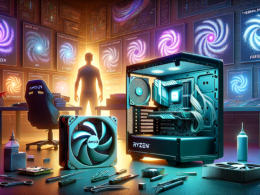In a bold move that has turned heads in the tech world, Bolt Graphics—an ambitious California startup—claims its upcoming graphics cards offer a performance up to 13 times that of Nvidia’s RTX 5090. While this sounds like gamer paradise, a few smokey details might just make you think twice before celebrating.
Zooming In
Bolt Graphics recently released detailed specifications for what they call the ‘Zeus’ line of graphics cards. This release paints a dreamy picture for enthusiasts. According to Bolt, these cards not only outperform Nvidia’s flagship RTX 5090 in path tracing workloads but do so using only 120 watts of power. For context, the power consumption is notably lower than even Nvidia’s RTX 5050.
Unpacking the verbiage, the Zeus claims to deliver 307 gigarays and features an impressive 512 MB of cache, with support for a staggering 2.3 TB of VRAM. Throw in a standard 8-pin power connector—just like the ones that ‘don’t melt,’ according to Bolt—and you’ve got a recipe for intrigue.
The twist here? While these numbers dazzle, their advertised performance metrics—especially vertical TFLOP numbers—seem somewhat light for the hefty claims being made. The older VRAM formats being used raise more eyebrows, casting doubt on these cards’ actual appeal to gamers.
Bolt’s announcement also includes the promise of expandable memory: 32/64/128 GB soldered, with additional memory slots that can handle up to 384 GB. That’s some serious memory expansion capability, should it turn out to be true.
The Zeus series promises giant strides in path tracing performance and includes a 400 GbE QSFP-DD port. Enhancing disbelief is the fact that the cards feature built-in high-performance RISC-V CPU cores. On paper, this sounds jaw-dropping, but with sparse evidence as yet, some suggest this may merely be a venture-capital bait.
So why does this matter? In a sizzling GPU market fueled by gaming and AI demand, real competition for Nvidia is hard to find. Enter Bolt, possibly looking to ride the current surge of interest in AI accelerators—Silicon Valley’s hottest hardware pursuit—and to secure funding to turn what might currently be vapourware into actual innovation.









